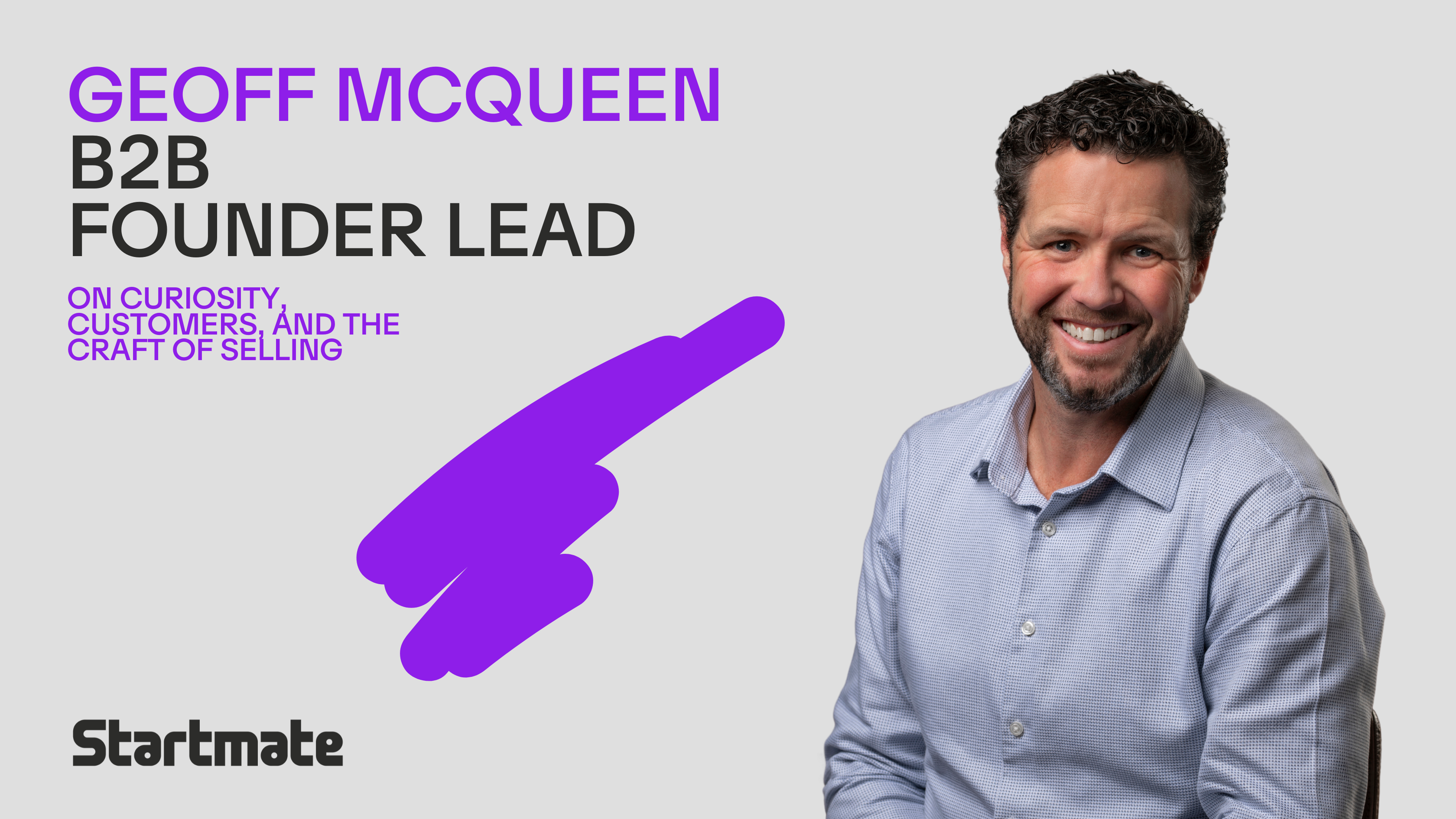When building Flexile (our CPQ app) we focused almost exclusively on functionality — and had zero discussions about joy or achievement.
The outcome of this focus on raw functionality was we constantly measured ourselves on functionality which meant we kept adding functionality... I mean, more is better, right?
Maybe sometimes, but certainly not for a startup.
Too much functionality slows you down and dilutes your focus on being great.
Now that we have thought about joy and achievement alongside functionality, however, the genie is not going back in the bottle.
My new bar on great software is ‘it should leave you wanting more’. You want your users thinking ‘I love it, and I won't stop using, it but I wish it also did X'. This is perfect. To me, it means you’re focusing on the key elements that are delivering joy and achievement!
As part of 'being better' we have resolved to think more and act less. It's somewhat counterintuitive in a startup and hard to do when you are predicated to action and decision-making. (I have said “progress not perfection” a lot…)
The counter is that we had learnt that decisions made early can have an out-sized effect on the future — not just the time taken to develop but future scalability and extensibility. So, we got our research on!
After reading a number of blog posts that talked about the importance of a sense of achievement and joy for users, I felt like face-palming myself. I inherently knew this and the software that I love delivers it, but we had not explicitly discussed it as a team before.
Me in our Friday afternoon weekly team meeting: “Let's make sure ProductEngine delivers a sense of fun and achievement.” As you can imagine, there was zero push back.
So, no more Minimum Viable Product (MVP) for us. We're all about building a Minimum Lovable Product (MLP) for our target users.
Serendipitously for us, three of our five staff have worked as product and pricing managers, and our CTO Jarrad has built many applications that have needed to consume product and pricing data. What this means is four of us are our target market!
Right then… What would bring us joy?
So fresh and so clean!
The top of the list was a clean and minimal design.
Managing pricing often means a screenful of data, so we felt a clean and minimal design would minimise the visual noise and allow our users to focus on what they are doing. In addition, the ability to filter all your products and prices to select only the ones you want to work on felt super important.
Keyboard shortcuts
Yeah OK, I get it, we’re old. But keyboard shortcuts are awesome!
Again, I knew this in the nineties, remembered it in the noughties, and forgot all about it until I signed up with Superhuman.
The speed and the power of single-key shortcuts certainly brings me joy, and when we discussed it internally, we all got pretty excited about this. (We don't get out much!)
Command panel
We also loved the idea of a command panel. To us, this means a key part of the application where you can access all the tools you need to do your work.
For our ProductEngine, this will be the Cell Editor where you can do all your editing and bulk operations in one place.
Custom and reusable Macros
One of the key challenges we are solving is incorrect formulas in a spreadsheet. Often the formulas you use are replicated across multiple or all of your products, and while it's easy to copy them accurately in a spreadsheet, it's much harder to ensure they don't get edited or changed — or if changed, are changed correctly everywhere.
Our answer to this is ‘Macros’. Build a calculation and save it as a Macro and re-use the Macro. It’s now reusable and all changes are tracked, approved and are made where they should be!
Speed and efficiency
In our experience, product and pricing managers have a tough job. They often have to manage a large number of price points (one of our testers has 200,000+ products with multiple price points per product), keep them updated and accurate, while also doing everything else a product manager has to do.
Anything that we can do to make the data and pricing management easier and faster feels like a massive win.
Combine all the features above with bulk operations, one click updates with your systems (such as CRM and billing systems), reporting and analysis and… boom, our users will be achieving!
But, are we representative of our target users?
Yes! Our product and pricing manager interviews have been going super well, and our interviewees tell us they want to be able to move faster and achieve more.
To be fair, none of them mentioned ‘joy’, so it's super critical we make our application faster and better than how they do it today. But still, we are keeping the joy delivering features in, and we think users will love them!
So how do you listen to what your customers are asking for and really hear what they need?
Firstly, I think you need a good sample size. This allows you to pick the key issues that all have and focus there. Add a deep understanding of the problem and it allows you to know how to help them. They may ask for a solution that won't work, so it's important to focus on the outcome they need, not how they think they should get there.
Some key items that our target users did tell us they want are:
- A solution to the version problem of spreadsheet (‘which version is it’, ‘that’s not the latest version’, ‘this version has an error’);
- One place for everything product and pricing related that all staff can access(maybe even customers and suppliers in some instances);
- Approval workflows; and
- Change tracking (who made that last change and when).
So, how far away is the prototype?
The good news is that we are really in the zone now.
Those of you who develop your own products will understand this. When you first start, you have an idea and some key features, but as soon as you start to scratch at the details, it quickly feels a bit disconnected. It feels more like a series of linked ideas than a homogenous application.
Once you get in ‘the zone’, everything starts to click and come together and the pace really picks up.
Those of you that read part one of this series will realise that I was a tad over optimistic last month, we are now planning to release a prototype by mid-April. Given how much improvement we have made to our idea, I feel this extra time has been spent well, even if I continue to be REALLY impatient.
Why you should focus on joy
Right up front, it just makes us happier. Try it. If you focus on delivering joy for your customers, it makes you feel happier, or at least, it does for us.
Most importantly, we are building a business, and as Elon says, “great businesses are built on great products”. Give it some thought: do you know any great products that don't bring a sense of joy or achievement?
I think that maybe, just maybe, we have finally discovered what is really important. I will keep writing articles about our progress so you can follow along and see if we are right.
Thanks for reading, if you know anyone who has product and pricing challenges, please share it with them!






.png)

